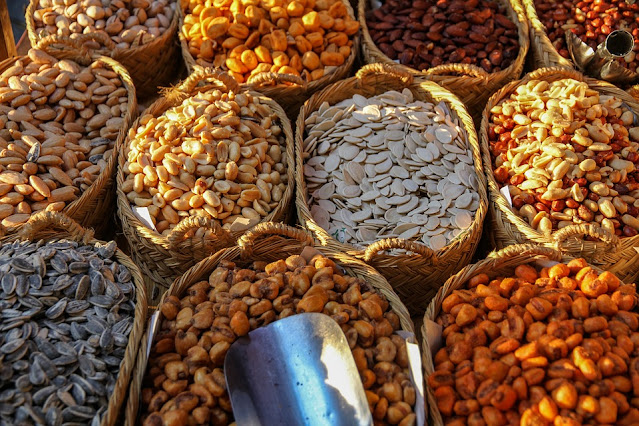The Sticky Truth: Tapioca Starch - Friend or Foe for Your Health
Tapioca starch, also known as tapioca flour, is a popular ingredient used in various culinary preparations and food products. Derived from the root of the cassava plant, tapioca starch has gained recognition for its unique properties and versatile applications. While it may be a staple in many diets around the world, there are questions about its nutritional value and overall health benefits. In this article, we will explore what tapioca starch is and whether it can be considered a healthy addition to your diet.
Tapioca starch is made from the cassava root, which is native to South America but is now cultivated worldwide. The root is first grated or ground, and then the liquid is extracted and dried to form a powdery substance known as tapioca starch. It is commonly used as a thickening agent in cooking and baking, as it has excellent binding properties. Additionally, tapioca starch is gluten-free, making it a popular alternative for individuals with gluten sensitivities or celiac disease.
One of the main benefits of tapioca starch is its
versatility in various recipes. It can be used to thicken soups, sauces, and
desserts, and is also a key ingredient in popular foods like bubble tea and
tapioca pudding. Also, tapioca starch is known for its smooth and glossy texture,
which adds a desirable consistency to many dishes. It is also easily
digestible, making it a suitable option for people with digestive issues or
sensitive stomachs.
In terms of its nutritional profile, tapioca starch is
primarily composed of carbohydrates. It is a good source of energy, as it
contains a high amount of starch. However, it lacks significant amounts of
protein, fat, fiber, vitamins, and minerals. This means that tapioca starch
does not provide a wide range of essential nutrients that are crucial for a
balanced diet. Therefore, it is important to incorporate other nutrient-rich
foods alongside tapioca starch to ensure you are meeting your nutritional
needs.
One potential concern associated with tapioca starch is its
high glycemic index (GI). The GI is a measurement that ranks carbohydrates
based on how they affect blood sugar levels. Tapioca starch is classified as a
high-GI food, meaning it can cause a rapid spike in blood sugar levels when
consumed in large quantities. However, when
consumed in moderation and in combination with other low-GI foods, tapioca
starch can still be enjoyed as part of a balanced diet.
It is worth noting that tapioca starch is relatively low in
calories compared to other starches and flours. This can be beneficial for
individuals aiming to control their calorie intake or maintain a healthy
weight. However, it is important to be mindful of portion sizes and the other
ingredients used in recipes containing tapioca starch, as these can
significantly impact the overall nutritional value of the dish.
In conclusion, tapioca starch is a versatile ingredient
widely used in cooking and baking. It is gluten-free and easily digestible,
making it suitable for individuals with specific dietary needs. While tapioca
starch is low in nutrients and high in carbohydrates, it can be enjoyed as part
of a balanced diet when combined with other nutrient-rich foods. However,
individuals with diabetes or those concerned about blood sugar levels should
consume tapioca starch in moderation. As with any ingredient, it is essential
to consider your overall dietary needs and goals when incorporating tapioca
starch into your meals.






Thanks for this informative blog post! It's always refreshing to find valuable advice about maintaining a healthy diet.
ReplyDeleteI've been on a journey to make better food choices, and your tips here are really helpful. I also stumbled upon a website called Foodologyllc.com, which has some great resources and insights on healthy eating. I thought I'd share it here in case it might benefit others looking for more guidance.